News
2024 Weinberg Memorial Lecture
Dr. James Peebles, winner of the 2019 Nobel Prize in Physics, joins the Weinberg Institute at UT Austin's Physics Department to present "The Expanding Universe...
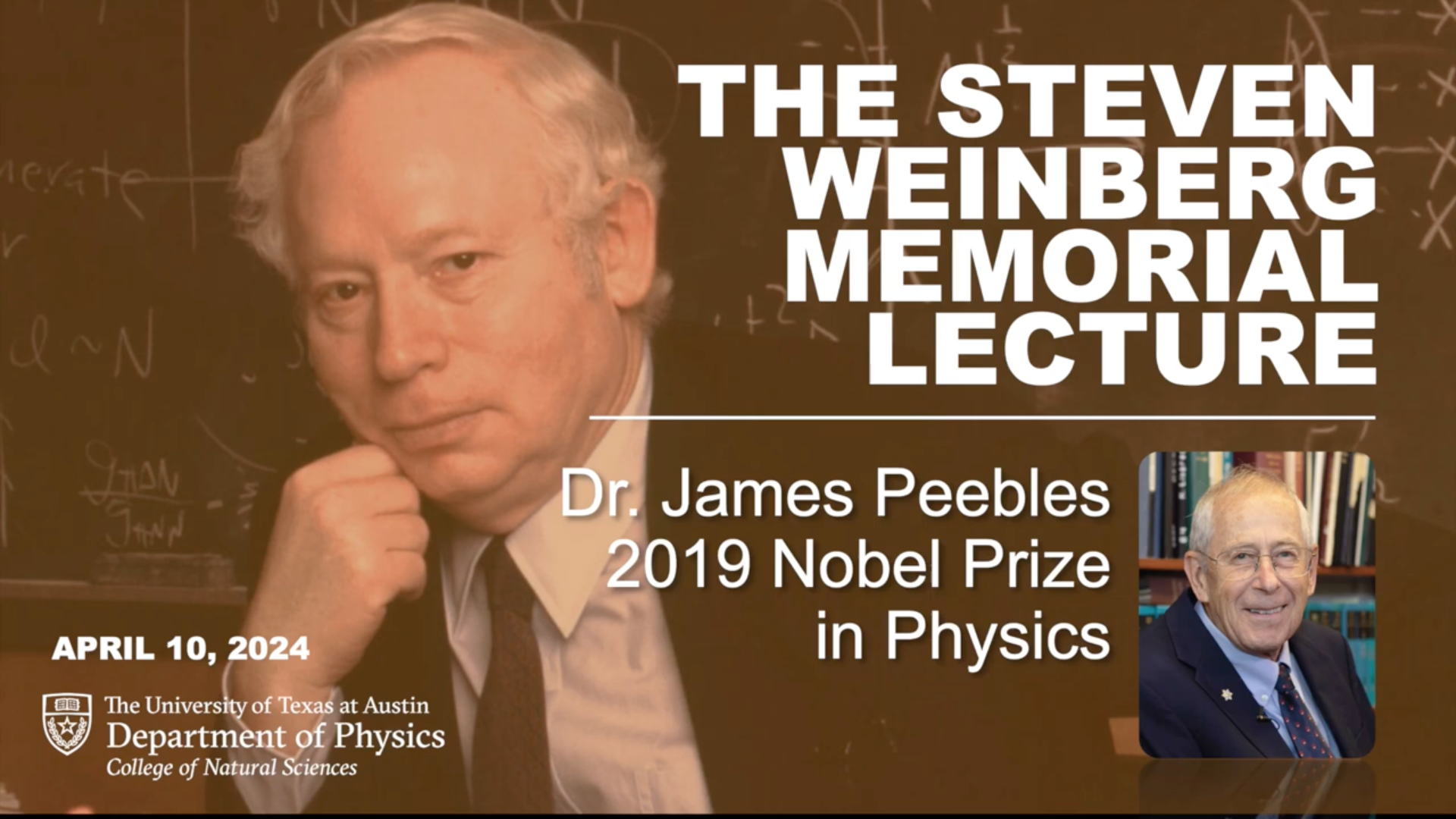
Is Cosmology in Crisis?
A panel of physicists and astronomers grapple with possible cracks in our modern creation myth, the standard model of cosmology.

Postcards from the Field: First Light for a New High-Desert Telescope
Scientists at the Simons Observatory in Chile, including Katie Freese and Nick Galitzki, probe the cosmic microwave background for clues about the history of the...
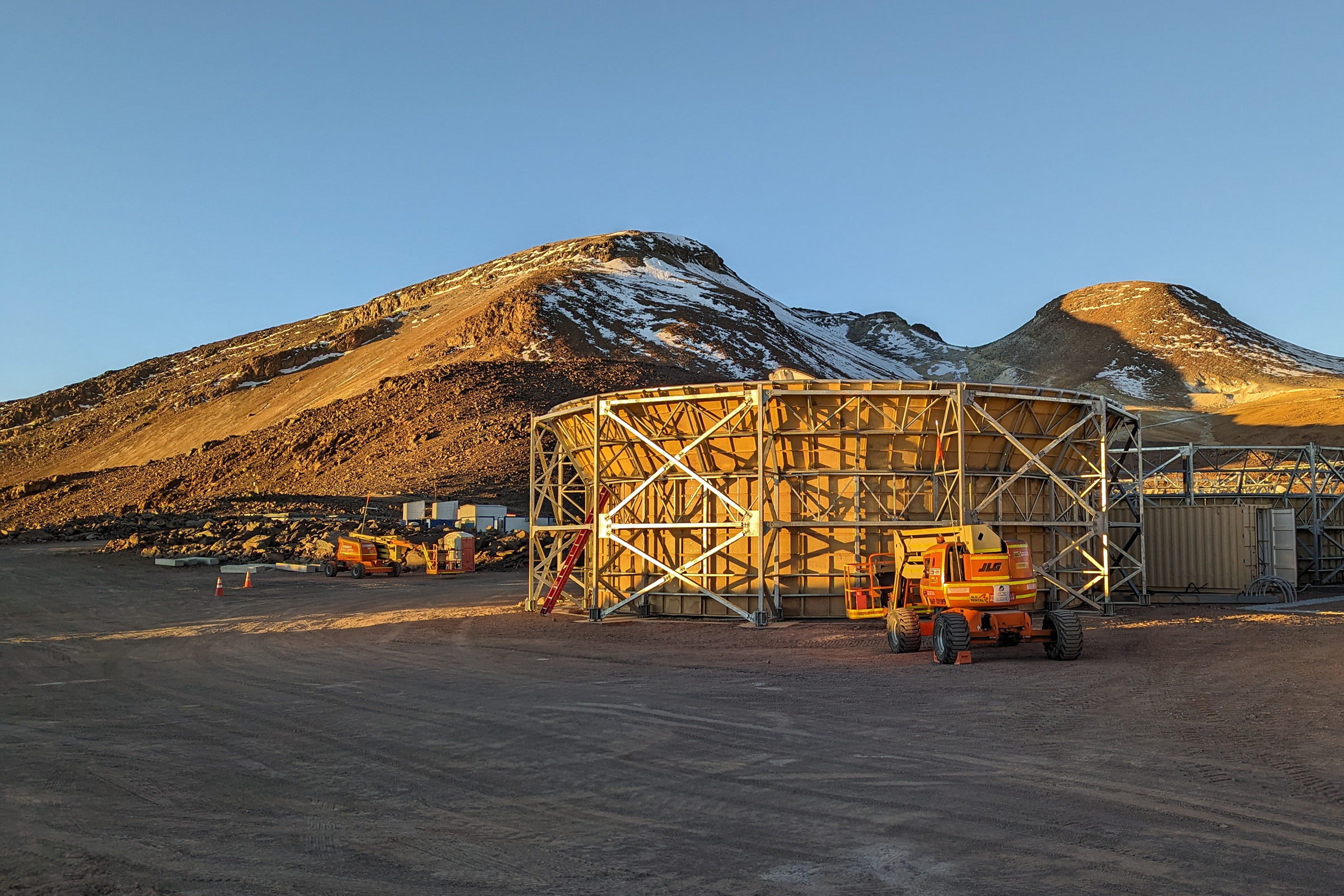
Fox 7
Total Eclipse of the Horns
UT Austin's Julian Munoz, assistant professor of astronomy, talked about the total eclipse with a local TV station.
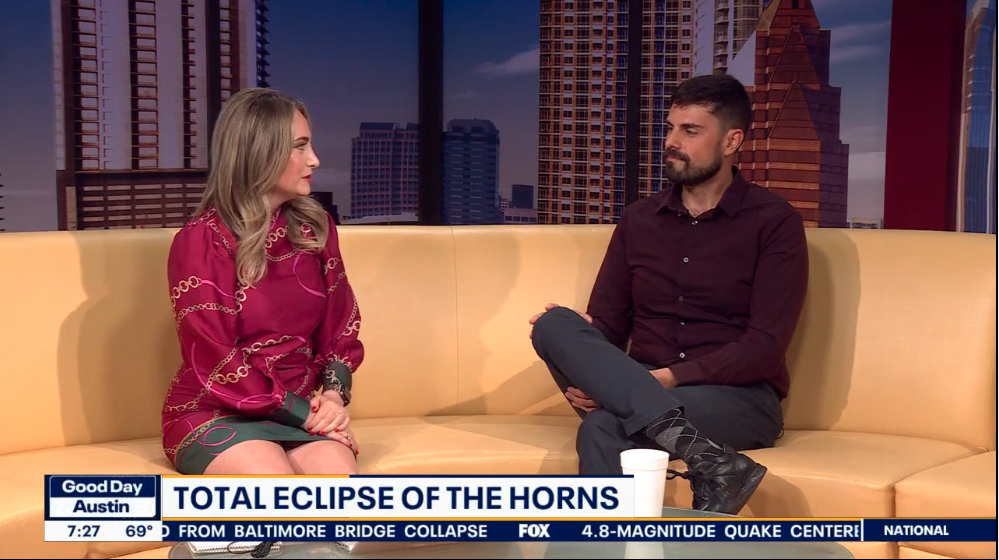
2024 Isaac Asimov Memorial Debate
Did the James Webb Space Telescope Change Astrophysics? | 2024 Isaac Asimov Memorial Debate
Join Neil deGrasse Tyson, the Frederick P. Rose Director of the Hayden Planetarium, and a panel of leading scientists, including Prof. Mike Boylan-Kolchin, for a...
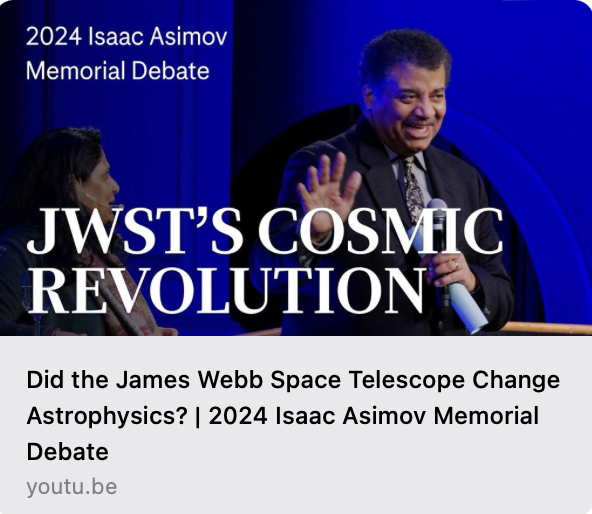
LIGO, VIRGO and KAGRA Observing Run Plans
The LIGO-Virgo-KAGRA Collaborations (LVK) prepare to resume their fourth observing run, including UT's Chen, Shoemaker and Zimmerman.
UT News
What Can A Total Solar Eclipse Teach Us About Our Universe?
The total solar eclipse on April 8 will be a once in a lifetime opportunity to witness a truly awesome cosmological marvel. You don’t need...
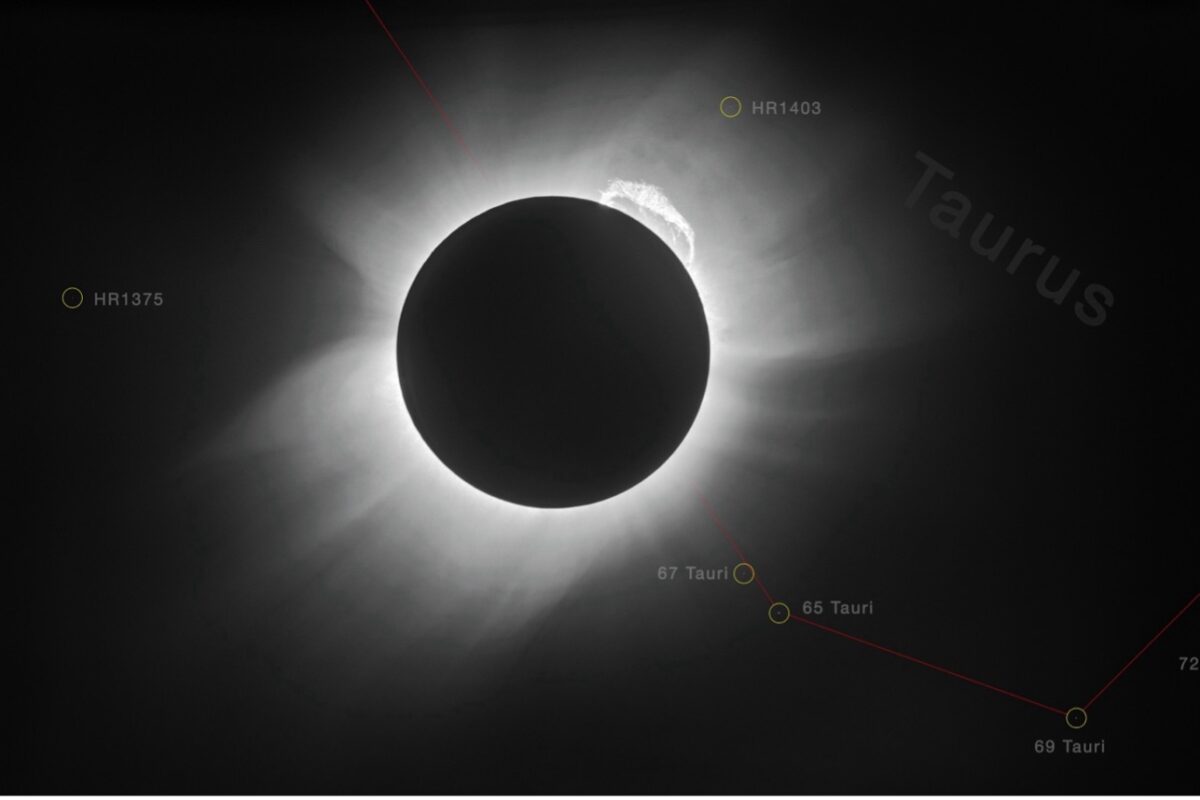
KXAN
Ultramassive galaxy discovery provides new look at early universe
Julian Muñoz, of the UT Department of Astronomy, recently published a paper that attempts to understand early galaxies.
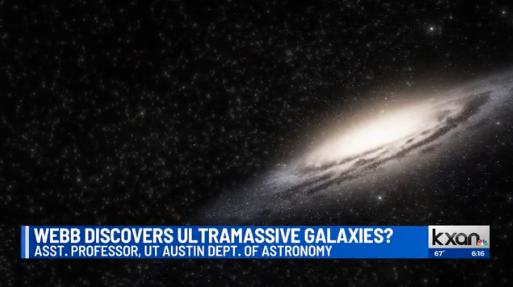
UT News
Discovery of Unexpected Ultramassive Galaxies May Not Rewrite Cosmology, But Still Leaves Questions
“The development of objects in the universe is hierarchical. You start small and get bigger and bigger,” said Julian Muñoz at The University of Texas...
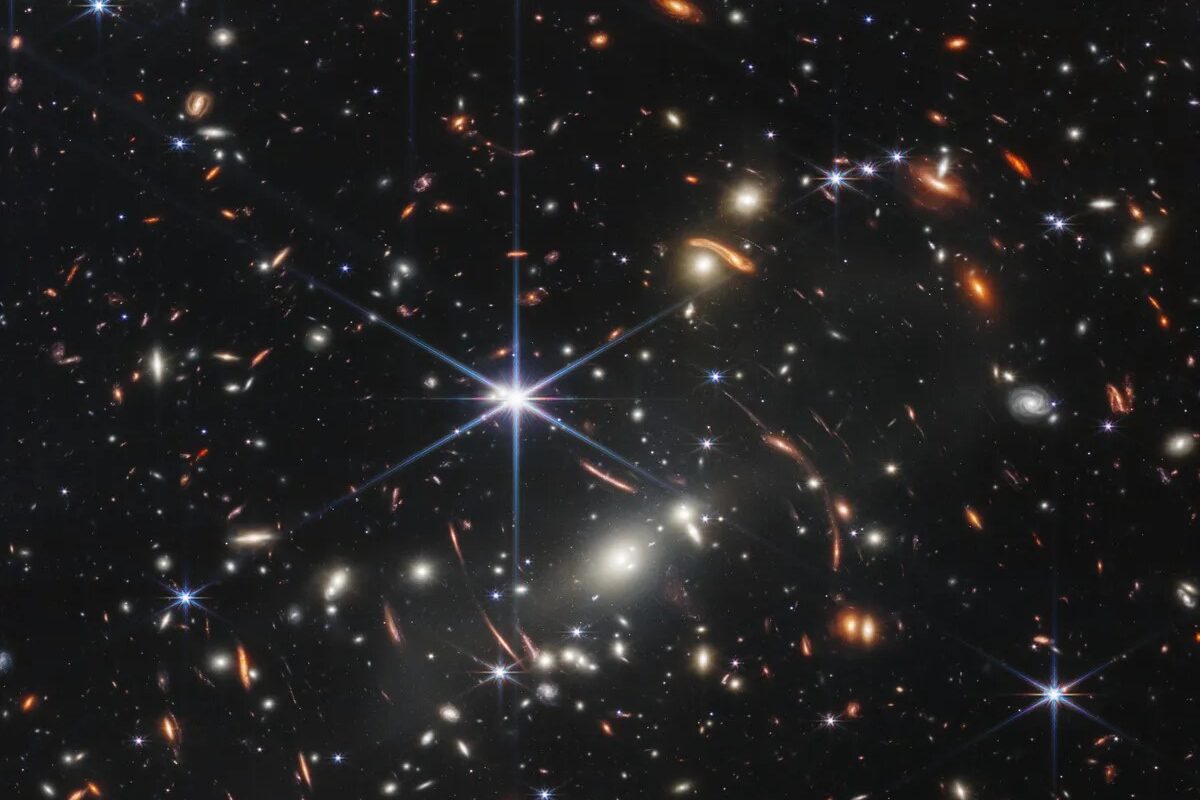
Excavation of Colossal Caverns for Neutrino Experiment Completed
The caverns in Lead, South Dakota, will house the gigantic particle detectors of the Deep Underground Neutrino Experiment.

